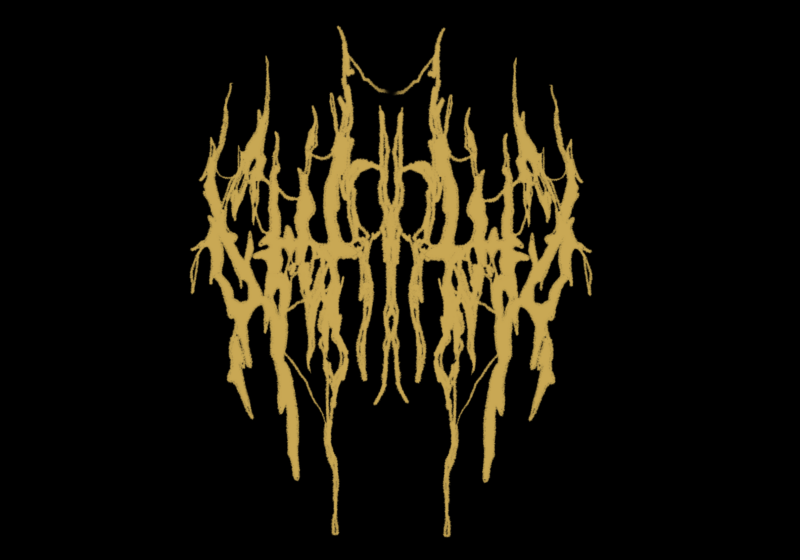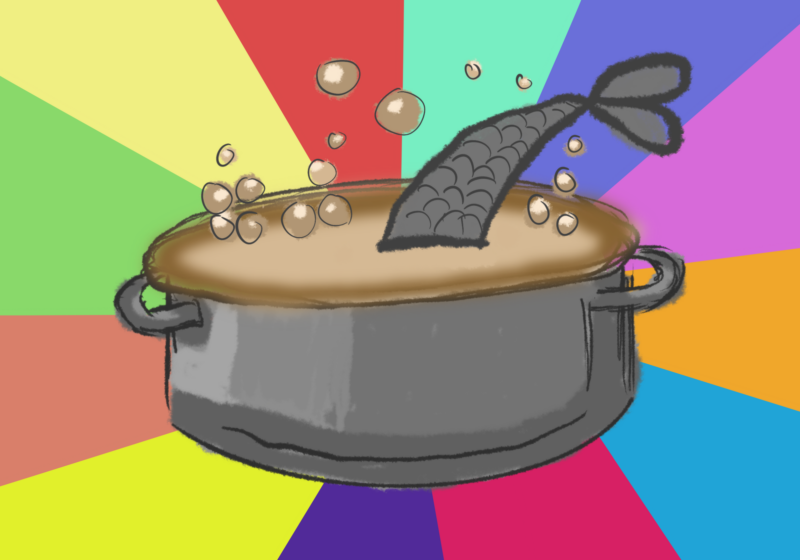Hands in pockets, three bored men huddled around a fuzzy black and white TV in the balcony lobby of the Eastman Theatre on a Sunday night.
“What are we doing here?” one of them wondered out loud as James Allen dashed through a gaping hole in the Bears offensive line.
An apparent stranger, a thin man in a tweed sportscoat, turned to him and grinned. “Watching football,” he said.
As I walked away from the group, I wondered the same thing. What was I doing here? “Here” was the Eastman Theatre, with a ticket in my hand for the season’s sixth and final performance of “The Nutcracker.”
For some reason, I agreed not only to miss a good football game, but to sit through two hours of orchestra and grace, and then write an article about it. At the time, holiday tradition seemed to transcend weekly gorging-on-pizza-in-front-of-the-TV tradition.
But how could it? A friend of mine tried to psych me up about the amazing “pas de deux” ? something about body control and a “dance of two” ? of the Sugar Plum Fairy in a sort-of pre-game pep talk, but how could that compare to Randy Moss leaping over a defensive back and then getting two feet down in bounds?
As the light from the massive crystal chandelier dimmed, I had plenty of doubts.
Adopted from the E. T. A. Hoffman novel, “The Nutcracker and the King of Mice,” and then put to music by Tchaikovsky, the ballet debuted in 1891. The plot is simple.
A family celebrates Christmas Eve by dancing around a gift-laden tree, at which point the mysterious Uncle Drosselmeyer arrives escorted by “the Spirit of Christmas” and bearing an assortment of magical presents.
To his niece, Clara, he gives the famous Nutcracker.
Later that night, she falls asleep with the doll and watches him battle an army of mice and then turn into a handsome prince. The prince invites her to the Kingdom of Sweets, and the two are greeted by the Sugar Plum Fairy, who throws a lavish gala in their honor.
That is pretty much the extent of the story ? a party and a dream sequence. With no deep meaning to glean and no characters to illuminate the human condition, any entertainment had to come from the music and dance itself.
This performance of “The Nutcracker” was a collaboration of the Rochester Philharmonic Orchestra and the Rochester City Ballet.
With a backdrop of lively and rich classical music, minimalist sets and elegant costumes, the troupe rond de jambed and pirouetted their pointe shoes off in an effort to make this a positive article.
And, despite the fact that I was drowsy and longing for the banter of John Madden, they somehow managed to succeed. All of you who skipped this section to read the sports page like I usually do, listen up ? I recommend going to the ballet at least once before forsaking the art form, even if it means going a week without spilling beer on your shirt or yelling at a blown call.
There are no blown calls in a ballet, the fans are much less hostile, and that play where one defensive player holds up another to block a field goal is legal ? it’s called a lift.
The show entertained in two ways. A series of adorable young dancers were greeted with a unanimous, muffled “Aww!” from the audience and received by far the most applause at the final curtain. For the most part, their dances were extremely simple, with an abundance of waving and rosy-cheeked smiling. The star of this group was the Russian Trepek, played by the vibrant Jimmy Rodriquez, who seemed to add an occasional, almost-choreographed stumble to the delight of the audience.
For the true ballet fan, however, the highlight must have been the fabled pas de deux with John Michael, the Cavalier, and Sari Ostrum, the Sugar Plum Fairy, which served as the culmination of the celebration in the Kingdom of Sweets.
While the Cavalier acted mainly as a prop ? a male cheerleader performing lifts ? the Fairy demonstrated an inspiring combination of stillness in movement, holding form with a quiet balance that seemed to render her body liquid.
The performance has given me a new definition of physical grace, and it has nothing to do with Larry Centers tight-roping the sidelines. Like that peewee league halfback you used to make fun of for taking lessons, we all could learn something from a night at the ballet.
Green can be reached at tgreen@campustimes.org.




